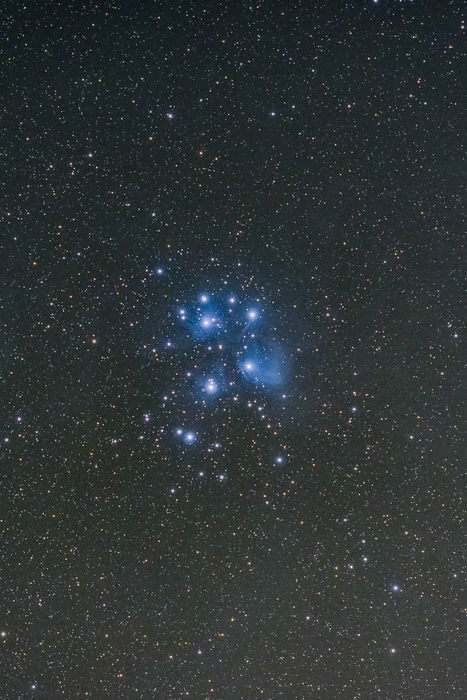


The rotation of the Earth means that the longer the shutter speed, the more blurred the night sky will appear in the final shot. Star trackers meanwhile are specialised devices that are the secret weapon of many astrophotographers. The Royal Museums Greenwich shop offers a number of beginner telescopes recommended by Royal Observatory astronomers.

However, if you want to look deeper into the universe, a good telescope will take you there. Many incredible shots of the night sky can be captured without the need for a telescope. “Due to this, weight is very important for me.” Telescopes and star trackers “I walk more than 10km sometimes to find a suitable location for photography,” he says. Masoud Ghadari says that this tripod and ball head is his preferred platform for taking astrophotographs. Often ball head mounts are included with the tripod as standard, but some photographers choose to combine different mounts to suit their needs and the size of their setup. Jason Perry also says he uses a tripod from brand Sirui, combined with a ball head from Manfrotto. Juan Carlos Munoz uses this lightweight, foldable travel tripod, which can collapse to a height of just 30cm. Here are just some of the suggestions from our 2019 photographers. Marrying stability with mobility can come at a price when it comes to tripods. However, as can be seen from the images in the competition, astrophotography can also take you to some pretty inaccessible places. Masoud Ghadiri says his lens bag also includes a Sigma 14mm F1.8, as well as a Nikon 24-70mm E VR and Nikon 70-200mm E FL.Ī solid stand for your camera ensures pin-sharp shots of the night sky. Stefan Liebermann says he prefers the perspective afforded by wide angle lenses such as the Sigma 144 1.8 in order “to capture the night sky in combination with the landscape.” Finally, my all-purpose workhorse lens is a Canon 24-105 mm.” “I also use a Tamron 45 mm f/1.8 when I want to get tighter compositions, and a Tamron 100-400 mm for zoomed-in views of the Sun and the Moon. Juan Carlos Munoz has a number of suggestions for budding astrophotographers: “My two main astrophotography lenses are the Rokinon/Samyang 14mm f/2.8 and 24 mm f/1.4, which collect a lot of light over a large field of view. “If you are going to invest anywhere, invest in good glass,” recommends photographer Ross Clark, “as this is what is collecting the light to focus on the camera sensor.”Ĭlark used a Canon EF L 70-200m f/2.8 for his 2019 entry. Here are just a few lenses used by photographers in Insight Investment Astronomy Photographer of the Year 2019. As long as you know that your lens is compatible with your camera body, the potential to experiment is endless. Just like with other fields of photography, once you have a camera that can take interchangeable lenses, the types of astrophotographs you can take expands enormously.

See the results of this low light performance in his image of the setting Sun below, featuring a rare ‘triple green flash’. “My camera body is a Canon 6D, whose sensor performs great under low light conditions,” says Our Sun 2019 photographer Juan Carlos Munoz. Knowing the brand of camera you want to start with therefore is very important, as any future lens you purchase will have to be compatible.įor specific models used by our award-winning photographers, see the list below. Most camera deals include at least one 'kit lens' along with the camera body, and some bundles offer the opportunity to purchase even more. The flexibility of DSLRs make them ideal purchases for a number of fields of photography including astrophotography, and their technical qualities allow for a huge variety of compositions. The ability to open the shutter for extended periods enables photographers to take in as much light as possible in a dark night scene and capture faint or faraway objects. DSLR (digital single-lens reflex) or mirrorless cameras are a must for great astrophotography.


 0 kommentar(er)
0 kommentar(er)
